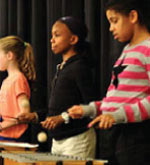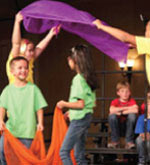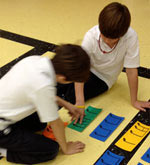AOSA supports and promotes Orff Schulwerk as a model for music and movement education in schools in the United States because it offers a potential for active and creative music making by all children, not just the musically talented. This approach to learning, developed by Carl Orff and Gunild Keetman, builds musicianship through singing, playing instruments, speech, and movement. Active music making is the core of this philosophy, supporting both the conceptual and affective development of children. Active learners develop more thorough and better long-term understanding of the material and ideas involved. Children who regularly improvise and create their own dances and musical settings are uniquely prepared to solve problems in many other contexts.
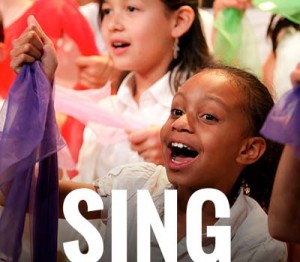
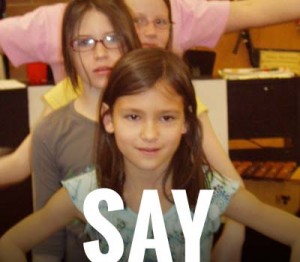
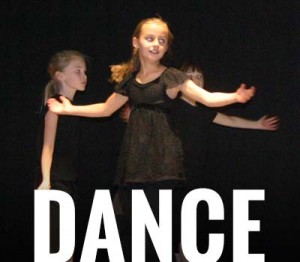
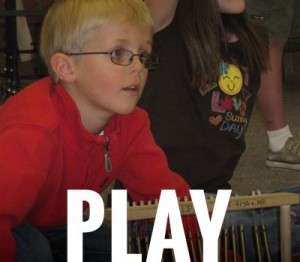
Orff Schulwerk music and movement pedagogy contributes to development of the individual far beyond specific skills and understandings in the arts. These skills and procedures have a wider application and value in several areas:
- Intellectual: The critical-thinking and problem-solving tasks involved in Orff Schulwerk call upon both linear and intuitive intellectual capacities. The carrying out of creative ideas calls upon organizational abilities as well as artistic knowledge and skill.
- Social: Orff Schulwerk is a group model, requiring the cooperative interaction of everyone involved, including the instructor. It is important that artistic development occurs within a satisfying and supportive human environment. Tolerance, helpfulness, patience, and other cooperative attitudes must be cultivated consciously. The ensemble setting requires sensitivity to the total group and awareness of the role of each individual within it. Problem solving, improvisation, and the group composing process provide opportunities for developing leadership.
- Emotional: The artistic media involved—music and movement—provide the individual with avenues for non-verbal expression of emotions. The exploratory and improvisatory activities can provide a focus for emotions, a means for release of tension and frustration, and a vehicle for the enhancement of self-esteem.
- Aesthetic: As knowledge of and skills in music and movement grow, students will have opportunities to develop standards of what is considered “good” within the styles being explored.

